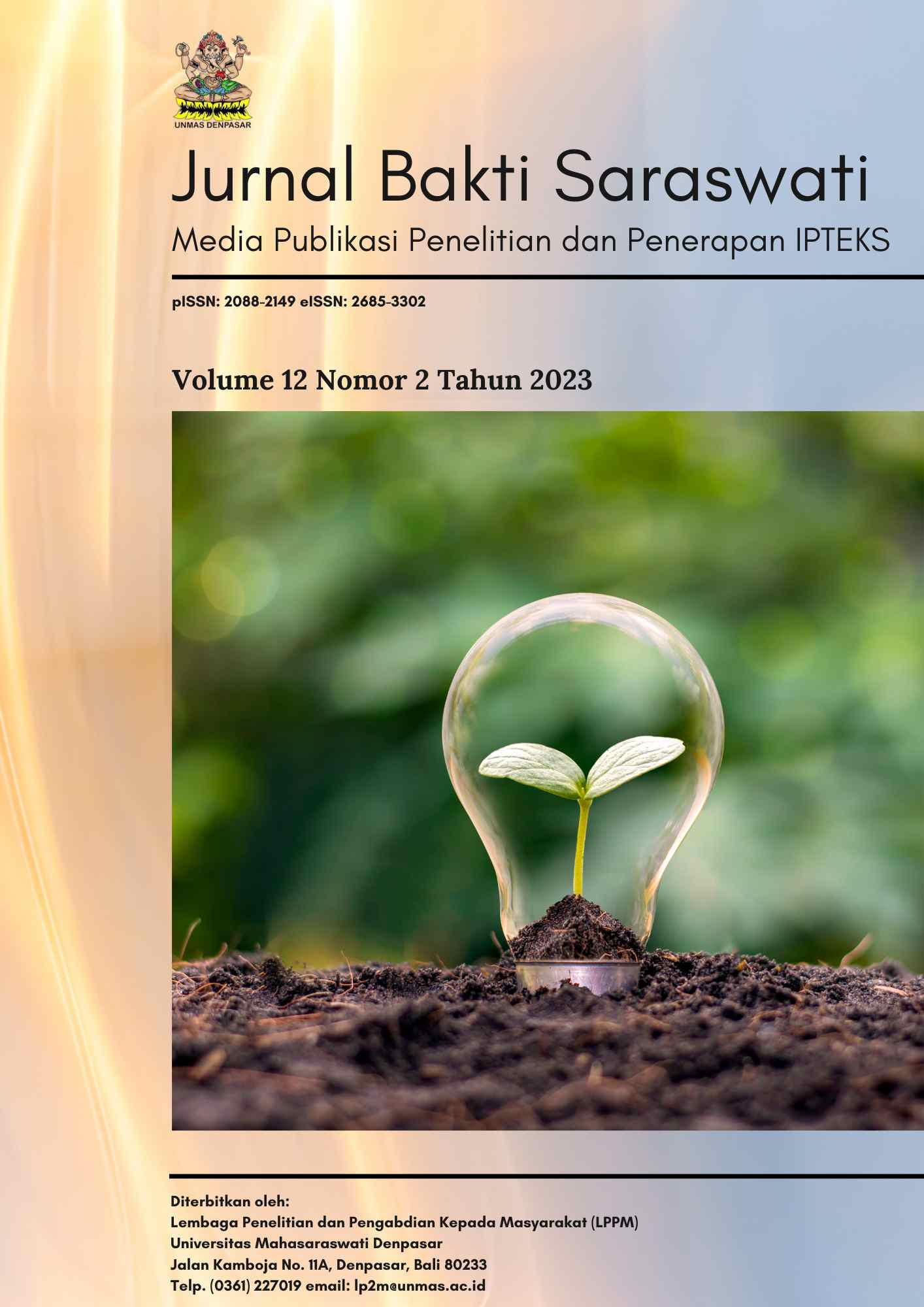NETWORK COMBINATION LOW PRESS DAN HIGH PRESS DALAM UPAYA MENGURANGI TIMBULAN LB3 OLI
Keywords:
Low Press, High Press, LB3 Oil GenerationAbstract
The rapid development of various industries means that the impact of these industrial activities can be inversely proportional to environmental conditions, including increasing pollution and increasing accumulation of hazardous and toxic waste (LB3). B3 waste, used oils, can be used as a substitute energy source while still considering the availability of technology and environmental quality standards so as not to cause air pollution. Used oil waste is produced from utility machines supporting compressor production. The aim of this research is network combination low press and high press in an effort to reduce the generation of LB3. The research method uses triangulation techniques by collecting different data to obtain data from the same source. Based on the results of this research, modify the PID network combination between low press and high press compressors by utilizing the remaining air from the high press compressor to supply the low press line, so that it can eliminate low press compressor units with a capacity of 90 KW where oil usage is quite high, so that it is enough to activate the unit Low press compressor with a capacity of 55 Kw. By activating only 1 low press compressor unit with a capacity of 55 Kw, it indirectly reduces the need for lubricating oil for the compressor. This also ultimately has an impact on reducing the generation of used oil B3 waste.
Downloads
References
Azteria V, & Efendi J. 2017. Identifikasi Keselamatan Penanganan Limbah Pelumas Pada PT. Altrak 1978 Balikpapan. BIOLINK (Jurnal Biologi Lingkungan Industri
Kesehatan), 4(1): 32–40.
Bian Z, Inyang HI, Daniels JL, Otto F, & Struthers S. 2020. Environmental Issues From Coal Mining And Their Solutions. Journal Of Mining Science and Technology (China), 20(2): 215– 223.
Budi F. 2014. Cara Kerja Mesin Press Hidraulik. E. Oktarinasari, M.Yusuf TA. 2019. Kegiatan Pertambangan Batubara Study of B3 Waste Management Results From Coal Mining Activities. Jurnal Pertambangan, 3(4): 52– 58.
Maharani E, Joko T, & Dangiran HL. 2017. Evaluasi Pengelolaan Limbah Bahan Berbahaya Dan Beracun (LB3) Di RSUD Dr. Soedriman Kabupaten Semarang. Jurnal Kesehatan Masyarakat (e-Journal), 5(5): 59–68.
Pratiwi RW, Setiawan A, Afiuddin AE, Studi P, Keselamatan T, Teknik J, & Kapal P. 2014. Perancangan Tempat Penyimpanan Sementara (TPS) Limbah B3 (Studi Kasus : Bengkel Maintenance PT . Varia Usaha). Jurnal Ecosentrisa, 25 (1): 19–24.
Sidik AA, & Damanhuri E. 2016. Study of Management of Hazardous Waste in the Laboratories of ITB. Jurnal Teknik Lingkungan, 18(2):12–20.
Syahrir S, Tosepu R, & Harun H. 2019. Pengelolaan Limbah Bahan Berbahaya dan Beracun (B3) Khusus Oli Bekas Pada Bengkel Motor dan Mobil di Jalan Hea Mokodompit Kota Kendari. Jurnal Kesehatan Lingkungan Universitas Halu Oleo, 3(1). 33-39.










